Best Timing for Roofing Services
Understanding the best time to schedule roofing service can ensure optimal results and longevity of the roof. Seasonal weather patterns, temperature ranges, and humidity levels all influence the effectiveness and safety of roofing projects. Planning during favorable conditions minimizes delays and potential issues.
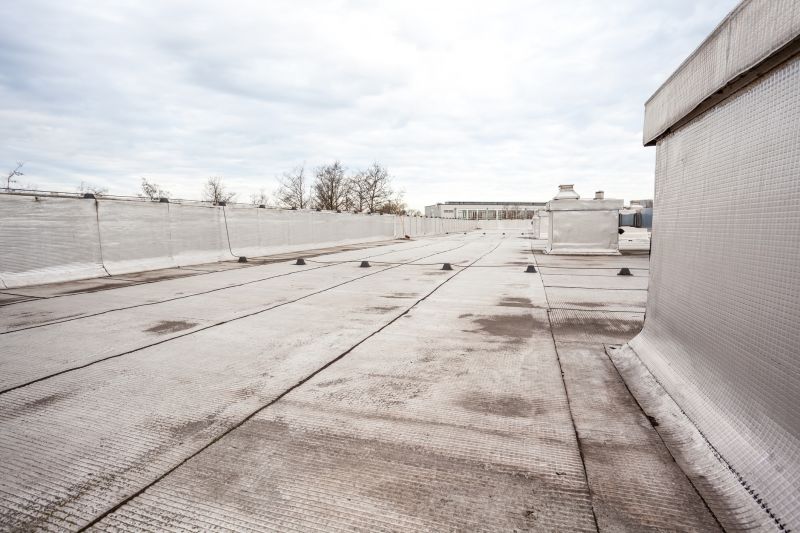
Spring offers moderate temperatures and longer daylight hours, making it suitable for roof repairs and replacements.
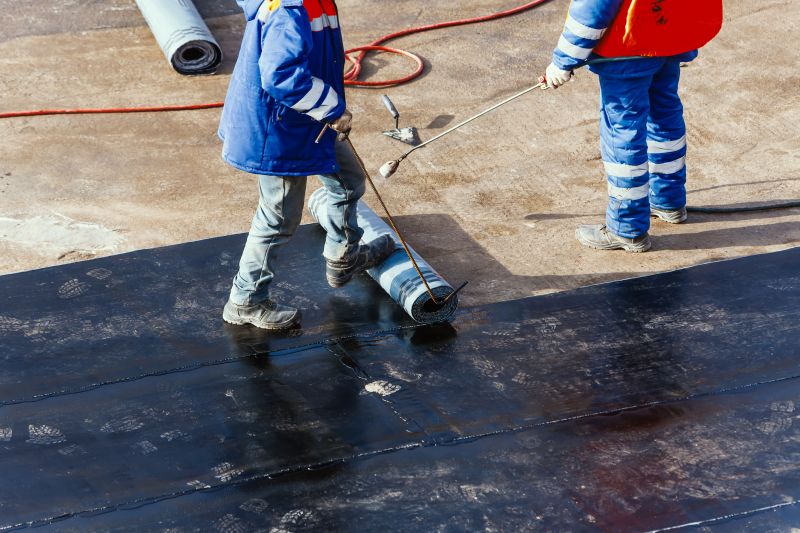
Warm weather and dry conditions in summer facilitate faster work, but extreme heat can pose challenges.
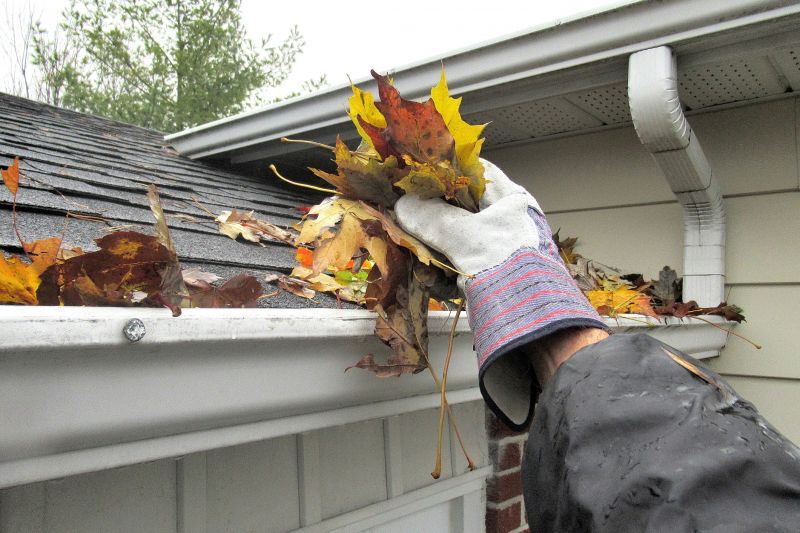
Fall provides cooler temperatures and less rain, ideal for scheduling roofing projects before winter.
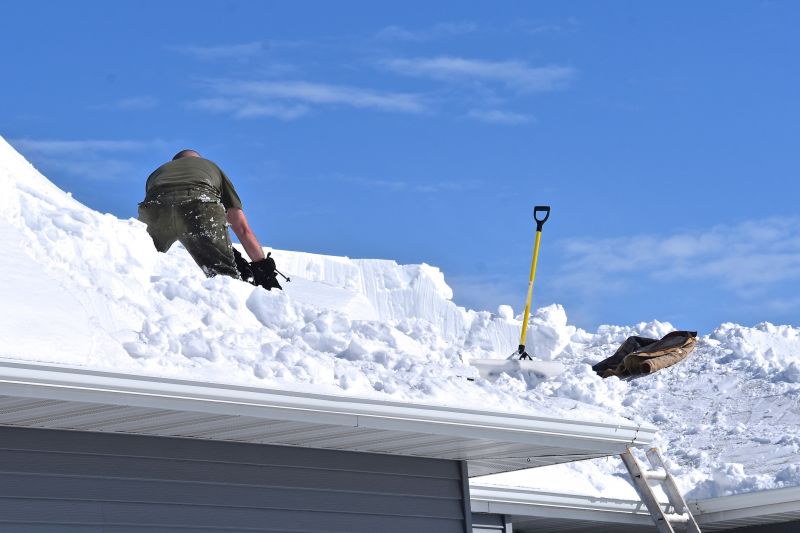
Winter is generally less suitable due to cold temperatures and snow, which can hinder roofing work and affect material performance.
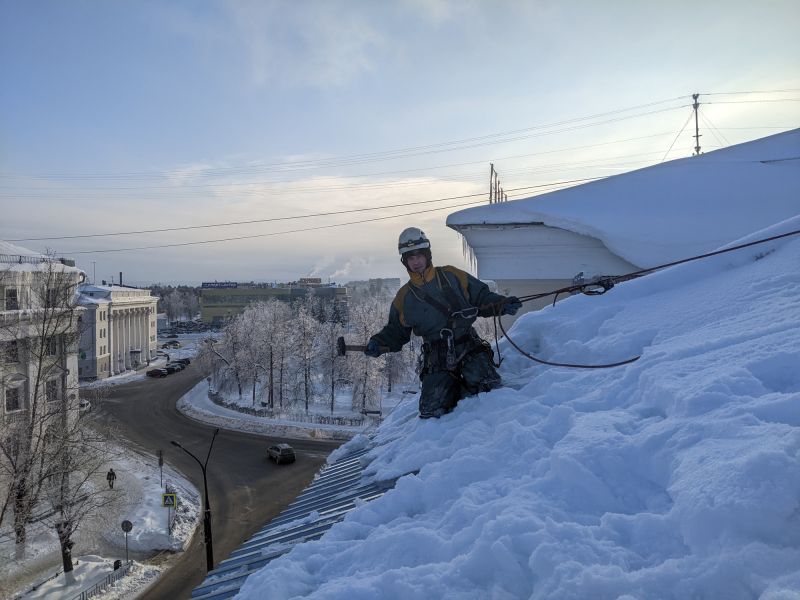
Avoid scheduling during periods of heavy rain, snow, or extreme temperatures to ensure safety and quality.
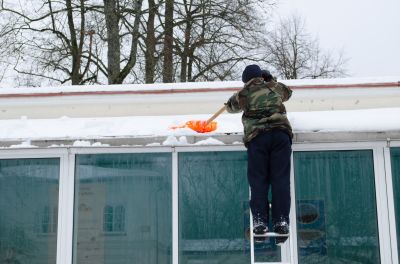
Optimal temperatures for roofing range between 45°F and 85°F, allowing materials to set properly.
Roofing service involves the installation, repair, and maintenance of roof structures to protect buildings from weather elements. Proper timing ensures that repairs and installations are durable and effective. Seasonal conditions directly impact the quality of workmanship and the lifespan of roofing materials.
Statistics indicate that scheduling roofing projects during spring and fall can reduce weather-related delays by up to 50 percent. Additionally, working within the optimal temperature range enhances material adhesion and reduces the risk of future leaks or damage. Properly timed roofing service contributes to cost savings and increased roof longevity.

Ways to make Roofing Service work in tight or awkward layouts.

Popular materials for Roofing Service and why they hold up over time.
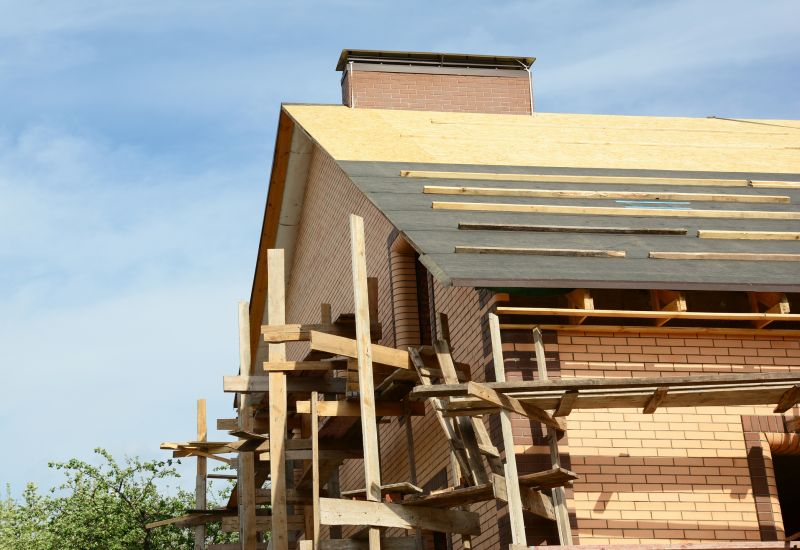
Simple add-ons that improve Roofing Service without blowing the budget.
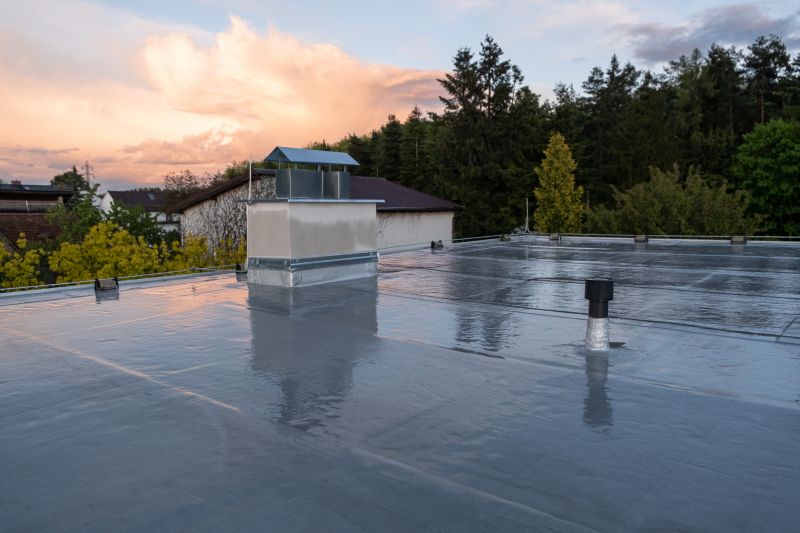
High-end options that actually feel worth it for Roofing Service.
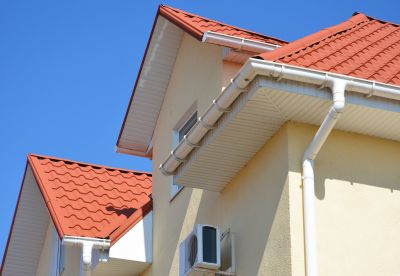
Finishes and colors that play nicely with Roofing Service.
Spring and fall are generally the best seasons for roof repairs due to favorable weather conditions.
Winter is not ideal due to cold temperatures and potential snow, which can affect materials and safety.
Heavy rain, snow, high winds, and extreme heat should be avoided to ensure quality and safety.
Materials perform best between 45°F and 85°F, allowing proper adhesion and curing.




